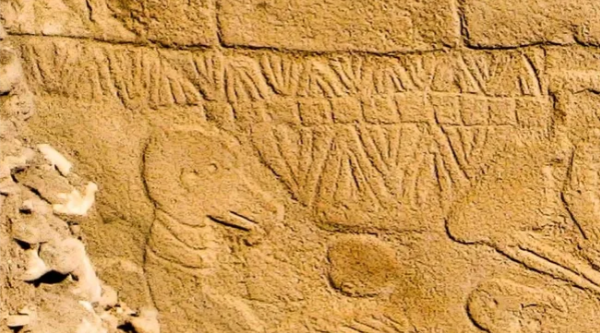
- A-
- A
- A+
Neuroscientists have discovered hundreds of previously unknown regions of the human brain
An unprecedented detailed map of a human brain presented an international group of scientists under theleadership of Matthew Glasser from the University of Washington. As the researchers report, in the course of compiling this map, they were able to detect 97 previously unknown structural regions bearing a particular feature, which was not previously known.
The researchers note that attempts to create a complete and comprehensive map of the human brain taken from the beginning of the last century, and since then there were many steps to achieving this goal. However, so far the perfect card has been established, the researchers said. According to them, this is partly due to the fact that in the preparation of such a card difficult to simultaneously consider all aspects of the structure of the brain — its structure, neural connections, the differences between the types of nerve cells, and so on. Scientists say that usually the mapping of the brain is taken into account in the first place, any one of these “landmarks”, which leads to significantly differing results. For the same reason among many professionals is still not even complete agreement as to how many and what departments are represented in the brain, not to mention their functions. New map, according to its drafters, drawn from the diverse approaches and may become a step toward resolving these contradictions.
Experts gathered as data about the brain 210 healthy young people of different sexes involved in a major U.S. government program Human Connectome Project. The information obtained was processed using a special algorithm that takes into account such factors as the thickness of the crust in different parts, density of neurons and more. On the basis of this was allocated to structural and functional areas of the brain and determined their location.
The new card produces 180 different areas, among which was previously unknown to more than half. Accurately define every one of the functions of each of the determined areas, specialists have not yet succeeded, although they have advanced in this area — for example, one of the “new” areas involved in the development of human language. The search of the remaining functions of the various brain regions, the researchers plan to visit for further research.
Similar News
Links



 Elm TV
Elm TV
 Photo
Photo
 Video
Video





